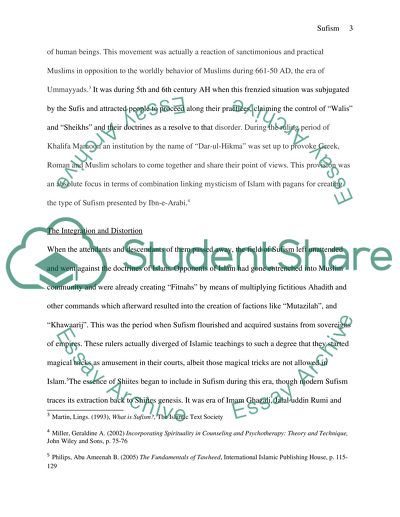Cite this document
(“The Origins of Sufi Islam Essay Example | Topics and Well Written Essays - 2250 words”, n.d.)
Retrieved from https://studentshare.org/religion-and-theology/1510217-the-origins-of-sufi-islam
Retrieved from https://studentshare.org/religion-and-theology/1510217-the-origins-of-sufi-islam
(The Origins of Sufi Islam Essay Example | Topics and Well Written Essays - 2250 Words)
https://studentshare.org/religion-and-theology/1510217-the-origins-of-sufi-islam.
https://studentshare.org/religion-and-theology/1510217-the-origins-of-sufi-islam.
“The Origins of Sufi Islam Essay Example | Topics and Well Written Essays - 2250 Words”, n.d. https://studentshare.org/religion-and-theology/1510217-the-origins-of-sufi-islam.


